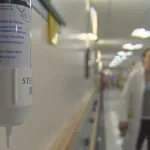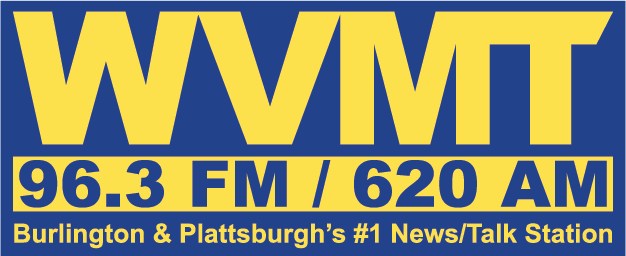
BURLINGTON, Vt. (WCAX) – There is a critical nursing shortage in Vermont. The state has invested tens of millions of dollars to attract, teach, and keep and new nurses but a report by the state auditor’s office shows that it’s not clear if our investments are paying off.
Llynne Kiernan has worked as a nurse going on 40 years – the majority of them in the Green Mountain State.
The Burlington native and UVM graduate says family was the driving force to return shortly after beginning her career. “I thought, I just want to get back to Vermont, so I don’t miss out on holidays, and family functions and seeing my nieces and nephews grow up,” Kiernan said.
But Vermont’s aging population makes a story like Kiernan’s rare. The state is trying to combat the decline of nurses by investing almost $8 million in student loan forgiveness and scholarships.
“(If) students — professional or otherwise — experience Vermont through their education, then they learn about the state, they make friends, they put down roots no matter how shallow at the outset, and are more likely to stay — many do,” said state Auditor Doug Hoffer, D-Vermont.
The Agency of of Human Services’ workforce development plan is based on that idea — provide financial incentives to learn, apprentice, and work in Vermont and nurses will come and stay. The caveat is that many students who receive the incentives are only required to stay for a year.
“That struck me as odd, you know, because going through the educational track and becoming certified as an RN — that’s a significant change in your professional life,” Hoffer said.
A new report by Hoffer’s office found that of the more than $20 million that had been allocated for workforce development, a little over 10% of it had actually been spent. The report also found that there are no performance measures to see if nurses are staying, or why they’re leaving. “What we have are a bunch of programs that are not well coordinated. They have virtually no performance measures of any value. They’re not consistent. They don’t reflect what’s going on in the hospitals,” Hoffer said.
COVID caused a mass exodus of nurses and staffing was down even before that. To make up for the loss, the University of Vermont Health Network budgeted $350 million for traveling staff in the past three years, double the amount it costs to pay for permanent nurses.
“My view was, gosh, if they can contribute to a solution by spending a portion of the savings, by having regular nurses come through the system, then that’s a good investment on their part,” Hoffer said. He says more work needs to be done to standardize and increase service obligations.
Nurses, new graduates can come to Vermont, be in Vermont, and they can pretty much get their top choice of where they want to work,” Kiernan said.
Hoffer says some of these incentives come from federal ARPA funds and that time is running out to spend it. He says there’s currently no plan for the state to replace those funds. “You’re not going to do much to solve a generation-long problem if you only do these programs for a couple of years. So, this is up to the governor — this one and his successor — and legislative leaders to decide how important this is,” he said.
One of the most important recommendations Hoffer makes in the report is that Vermont needs to do a better job of keeping track of whether or not these incentives are working with more data.
Related Stories:
Did Vt. taxpayer dollars for dental training program pay off?
Vermont nurses returning to long-term care facilities
UVM Health Network project spotlights violence against frontline staff
Vermont hospitals curb nursing shortage by training other hospital employees
New Sanders bill to address nation’s shortage of health care workers
Health care regulators consider double-digit budget increases at some Vt. hospitals
UVM Health Network reports $90M FY’22 loss
Shortage of workers at step-down facilities lead to UVM ER crisis
Burlington roundtable takes aim at health care worker shortage
State hopes new licensure compact will attract nurses to Vermont
